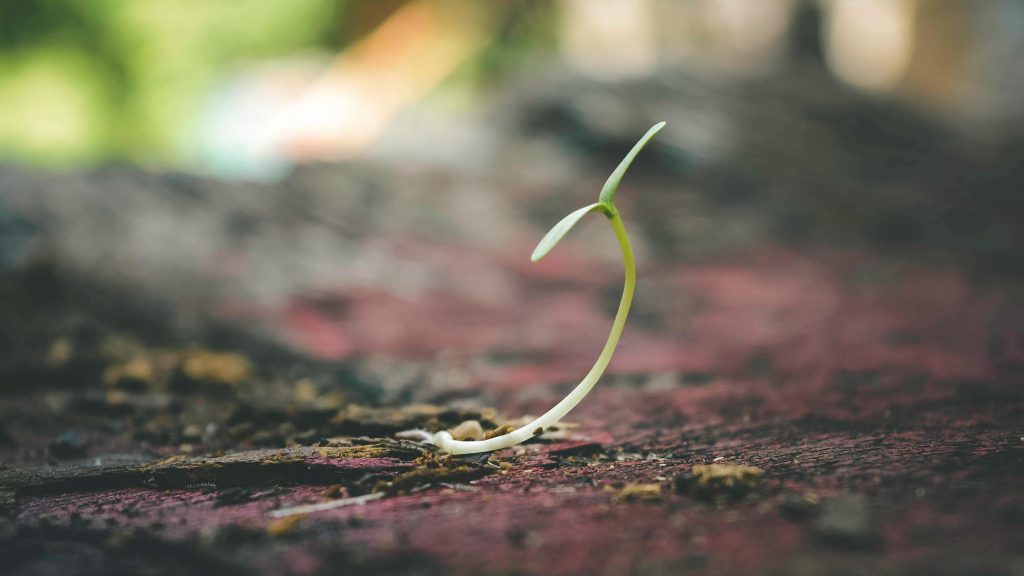
Avoidance in psychotherapy and why it’s important
Let me tell you a secret about therapy that nobody talks about: progress doesn’t arrive with trumpets and a calendar. It doesn’t follow bullet points. Often, it feels more like the seasons, except less predictable, with longer winters, surprise hailstorms, and the odd summer day that sneaks up on you in February.
Avoidance, in this landscape, isn’t a flaw or a failure. It’s more like a frost warning. A signal from inside: “Too much, too soon. Let’s pull the curtains and try again when the sun comes back.” Your mind and body are just doing their job, often too well. They learned, probably long ago, that certain topics, or even certain feelings were dangerous terrain. So, they became excellent gardeners of the unconscious: planting seeds of truth in the deepest, safest soil, where no one could accidentally trip over them.
And then, in therapy, we sit together beside that quiet soil. You might say, “Nothing’s happening.” I might nod. But we’re not doing nothing. We’re waiting for underground things to stir. Roots are quietly deciding whether the climate is stable enough to send up a shoot. That’s what therapy is, putting a metaphorical finger up in the air to see if the wind is blowing in the right direction.
Sometimes that waiting can feel like failure. Especially if you’re someone who’s survived by “doing.” But healing isn’t a doing. It’s a becoming. And avoidance? That’s the nervous system’s way of saying, “Let’s take this slowly.”
When Avoidance Looks Like Productivity (and Other Clever Disguises)
Now, avoidance isn’t always lying on the sofa with a blanket over your head (although, fair enough if it is). Sometimes it shows up in much sneakier outfits: reading every trauma book, listening to all the podcasts but skipping your own story, helping others heal while quietly tiptoeing past your own pain, it’s a bit making an impressive power point about your childhood instead of feeling it.
Sometimes, avoidance even looks like talking too much in therapy. But often, that endless needing to fill the time and space is a way of holding feelings at arm’s length. Clever, right? Your brain is trying to handle the thing it once couldn’t feel. It’s not bad. It’s brilliant. It’s just… not always where you are hoping to be.
And then there’s the bit nobody warns you about: just when you think you’re making progress, life decides to join the session. An old trigger walks back into your world. A birthday. A bill. A news headline. A text from someone who doesn’t know they still live in your head. Therapy isn’t happening in a vacuum. You’re doing this work while the rest of your life barrels forward like a toddler with a crayon and no supervision.
That’s why avoidance isn’t something we should try to banish. We get curious about it. What’s it protecting? What season are we in? And can we, very gently, like asking a cat to come down from a bookshelf, invite it to stay with us long enough to understand what it’s trying to say? Because sometimes, underneath avoidance, there’s not just fear. There’s longing. And the good news is therapy has time. Even when it doesn’t feel like it. Even when you’re stuck. The seeds know what they’re doing.
Let’s listen together.

